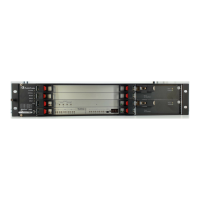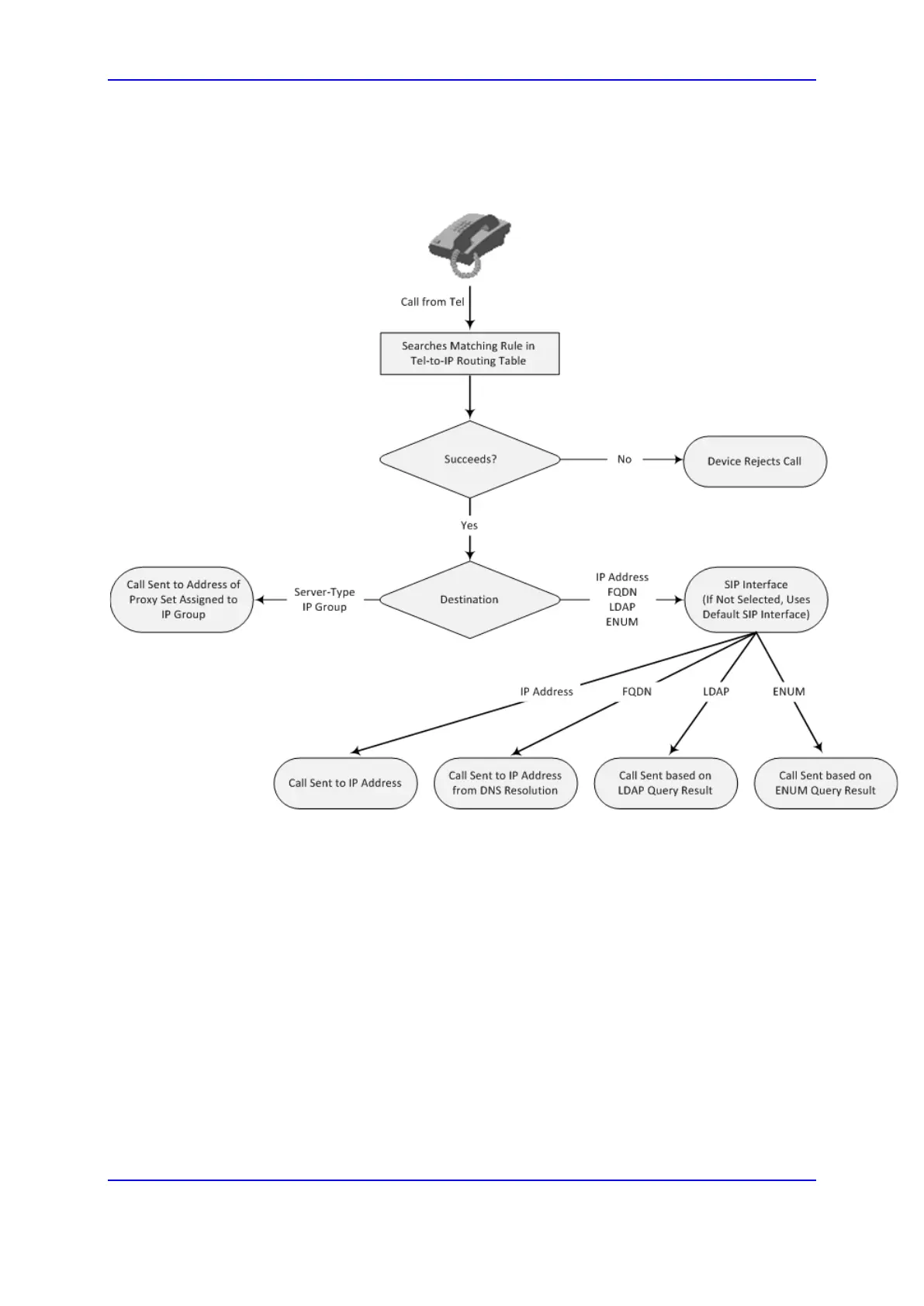Version 7.0 497 Mediant 3000
User's Manual 25. Routing
SRD. As one of the attributes of a SIP Interface is an SRD and as you can configure
multiple SIP Interfaces per SRD, the specific SIP Interface not only determines the
above-mentioned attributes, but also the SRD for routing the call.
Figure 25-2: Locating SRD

